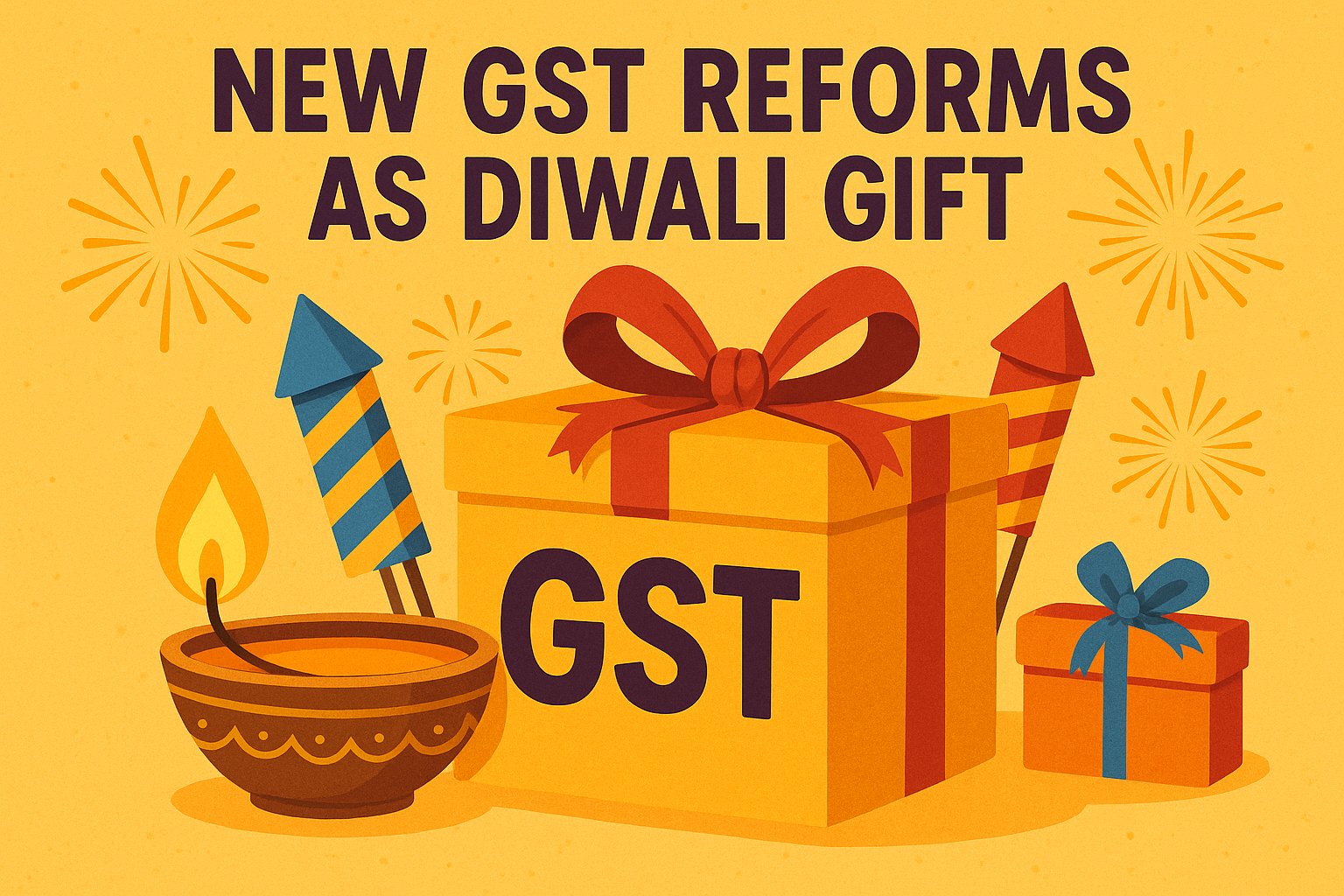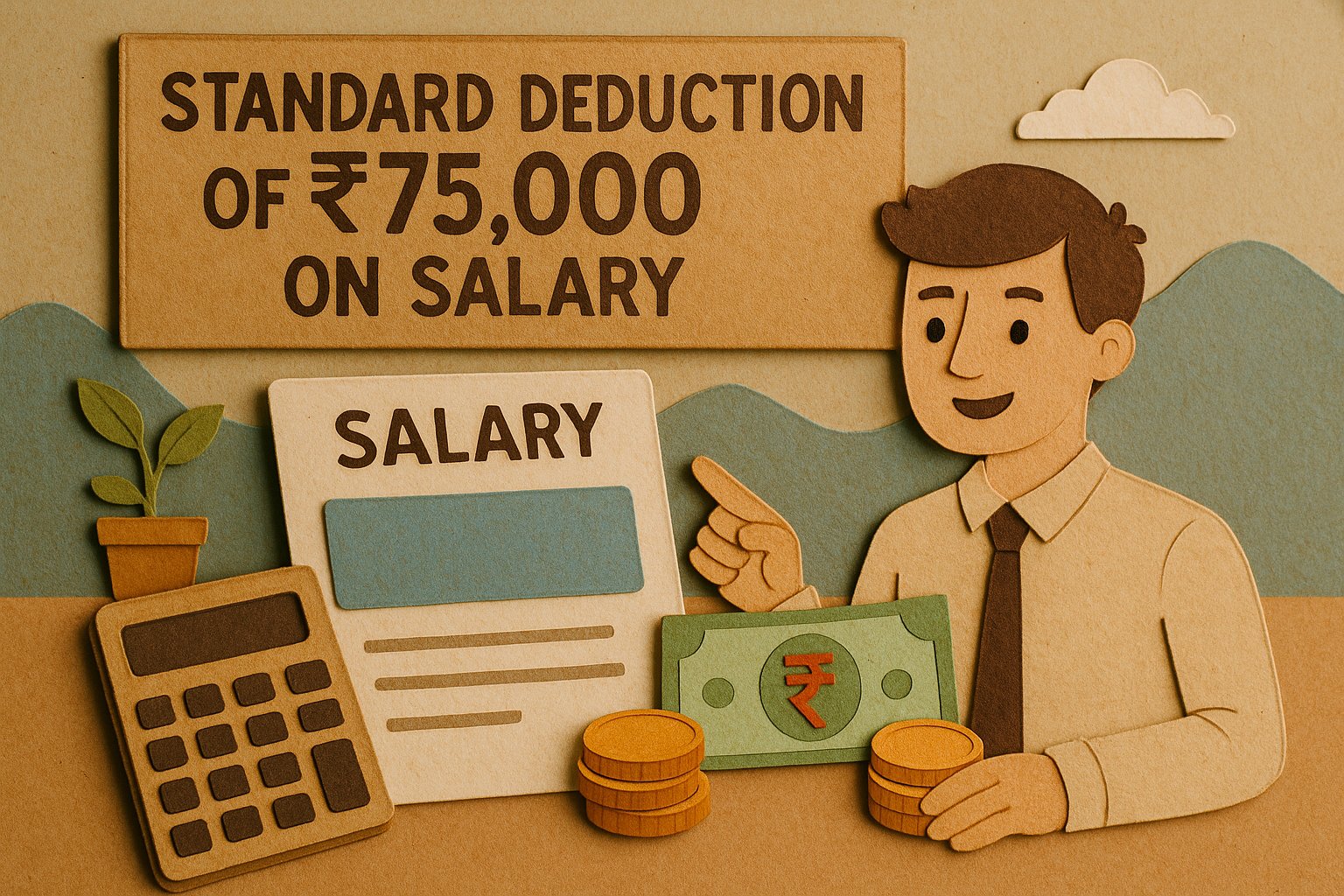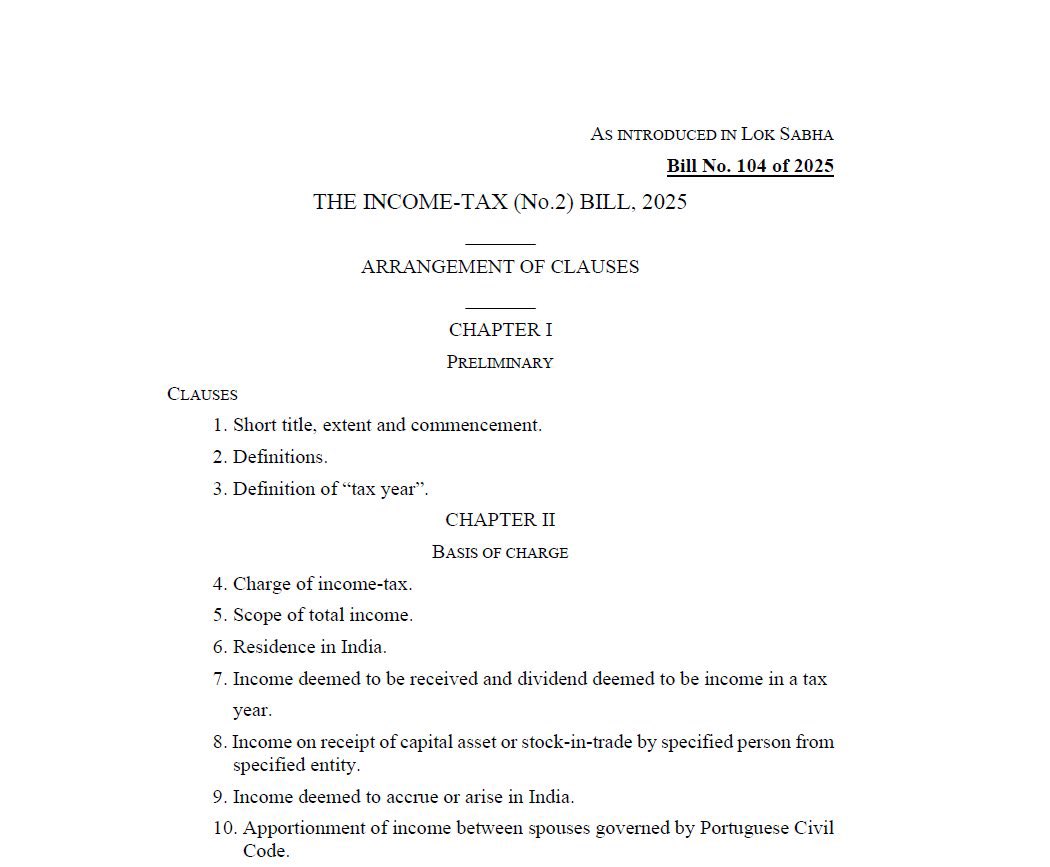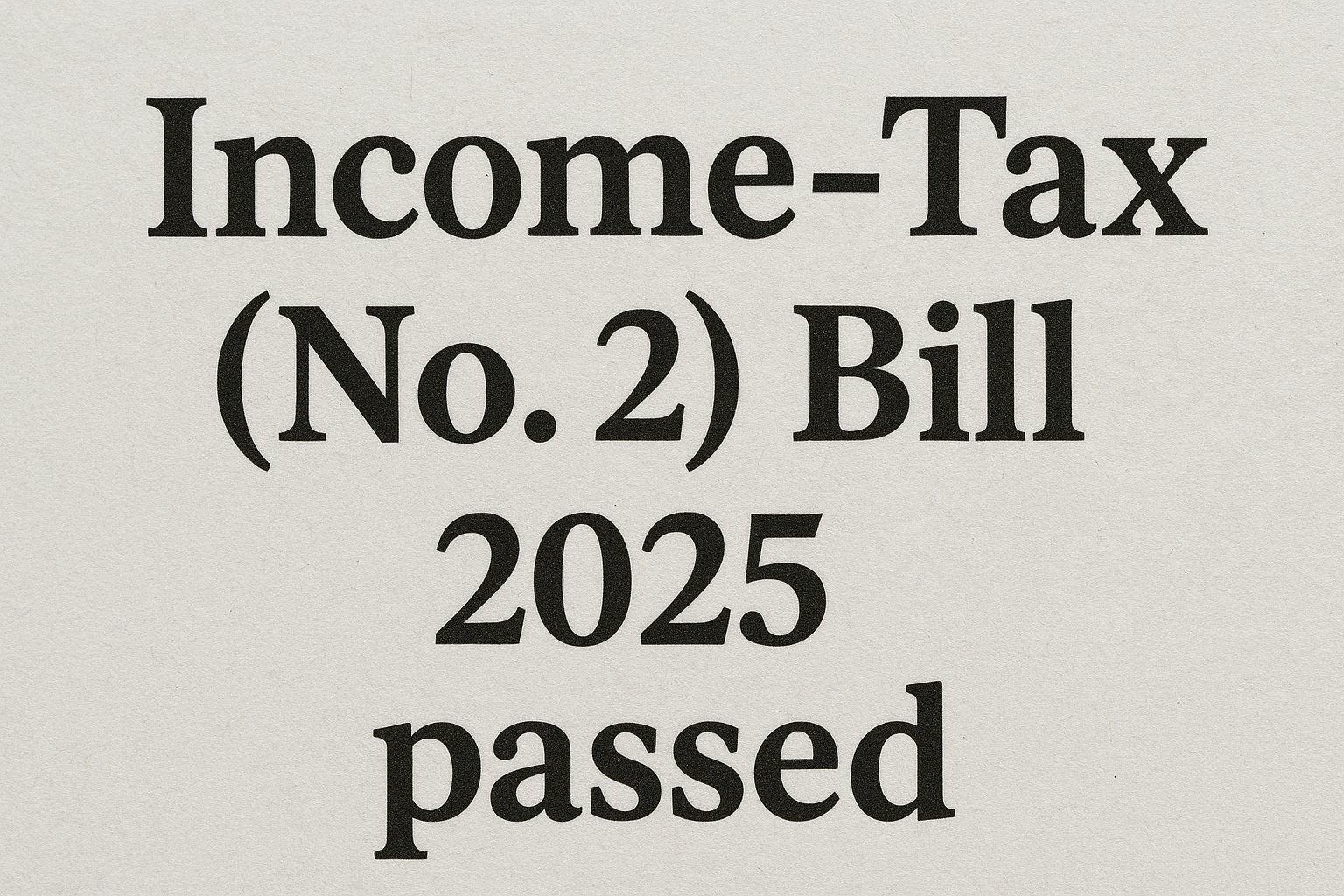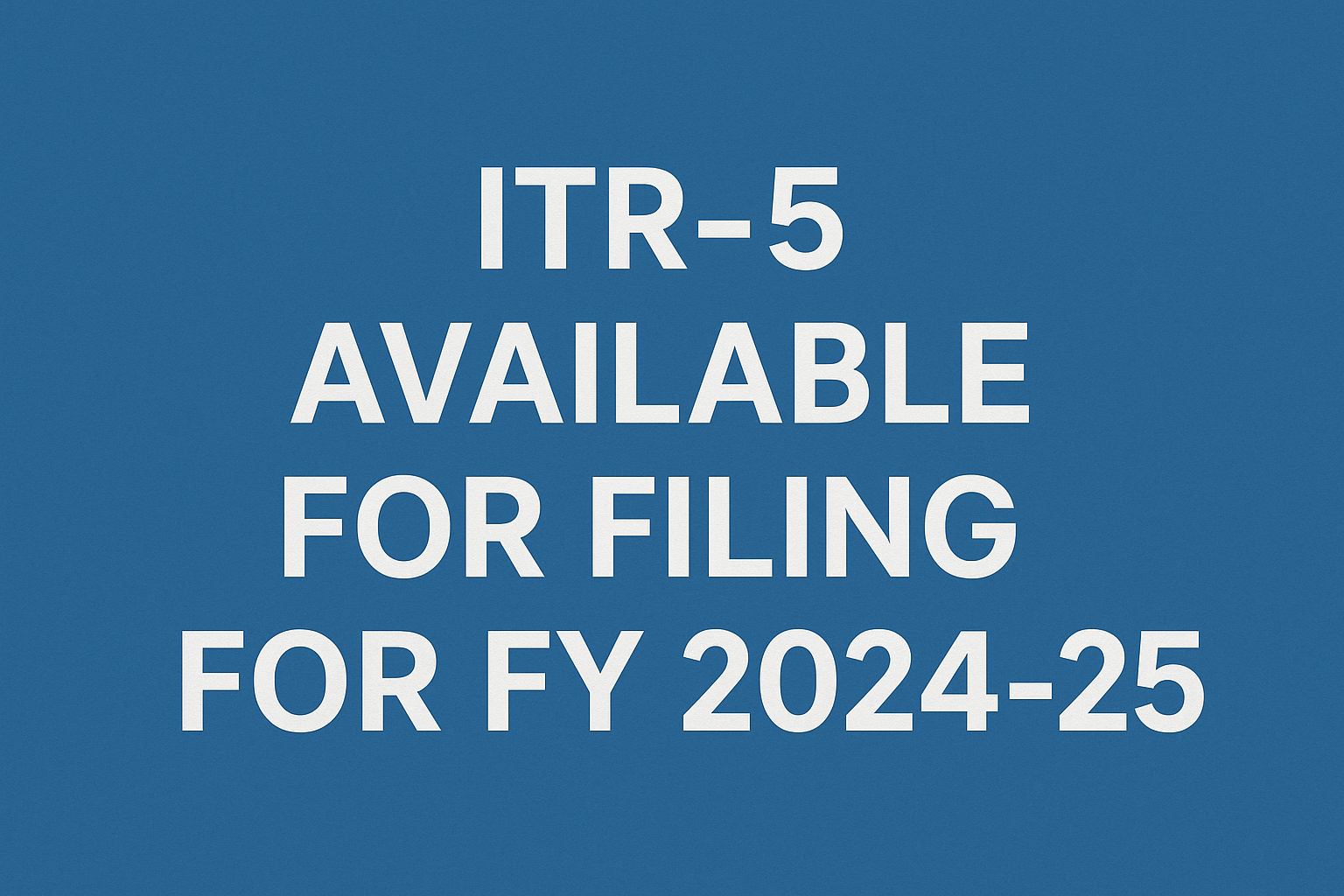On the occasion of India’s 79th Independence Day, Prime Minister Narendra Modi announced a series of next-generation reforms in the Goods and Services Tax (GST) framework. Implemented in 2017, GST has been hailed as a landmark tax reform, and the government now aims to take it to the next level — focusing on structural reforms, rate rationalisation, and ease of living.
The proposals, prepared by the Central Government, have been sent to the Group of Ministers (GoM) under the GST Council for further deliberations. The government aims to implement these changes within the current financial yearafter building consensus with the states.
Why These Reforms Now?
The Prime Minister emphasised that the new GST reforms will:
- Benefit the common man, farmers, women, students, middle class, and MSMEs.
- Reduce disputes and improve clarity in tax classifications.
- Strengthen key sectors and boost economic activity.
- Align with the vision of Atmanirbhar Bharat (self-reliant India).
Three Pillars of the Proposed GST Reforms
1. Structural Reforms
These reforms aim to make GST more stable, predictable, and business-friendly:
- Correction of Inverted Duty Structures: Aligning input and output tax rates to reduce unutilised input tax credit and encourage domestic value addition.
- Resolving Classification Issues: Streamlining rate structures to reduce disputes, simplify compliance, and ensure uniformity across sectors.
- Stability and Predictability: Offering long-term clarity on GST rates and policy direction to improve industry confidence and business planning.
2. Rate Rationalisation
The government plans to simplify GST rates and make them fairer:
- Lower Taxes on Common & Aspirational Goods: Reduce GST on essential and aspirational products to boost affordability and consumption.
- Reducing the Number of Slabs: Moving towards two primary slabs — standard and merit rates — with special rates only for a few select goods.
- Post-Compensation Cess Reform: With the compensation cess now ended, fiscal space is available to rationalise and align rates for sustainability.
3. Ease of Living
Reforms to make GST compliance simpler, especially for small businesses and exporters:
- Seamless Registration: Faster, tech-driven registration with time-bound processing.
- Pre-Filled Returns: Minimising manual entry and mismatches through automated, pre-filled GST returns.
- Faster Refunds: Automated refund processing for exporters and those facing inverted duty structure issues.
Implementation Roadmap
- Consensus Building: The Centre will work closely with states to achieve agreement in the spirit of cooperative federalism.
- GoM Recommendations: The GST Council will review GoM’s inputs in its next meeting.
- Target Timeline: The government aims to implement reforms within the current financial year so that benefits reach people quickly.
Expected Benefits
- For Consumers: Lower taxes on essentials and aspirational items.
- For Businesses: Less classification confusion, faster refunds, and predictable rates.
- For the Economy: Boosted consumption, sectoral growth, and improved ease of doing business.
Final Word
With these reforms, the government’s goal is to transform GST into a simpler, stable, and transparent tax system that promotes inclusive growth, strengthens the formal economy, and enhances India’s ease of doing business ranking.
If implemented as planned, these GST changes could be a Diwali gift for taxpayers and businesses alike — delivering both cost savings and compliance relief.
Visit www.cagurujiclasses.com for practical courses
